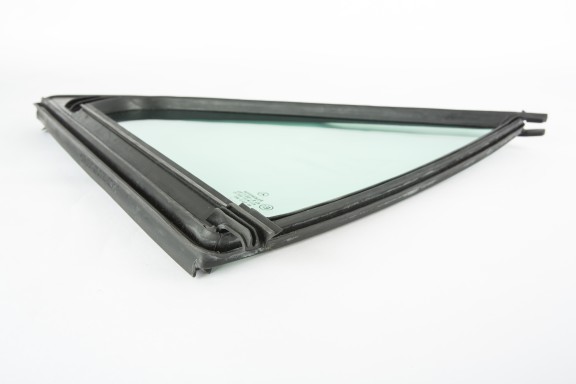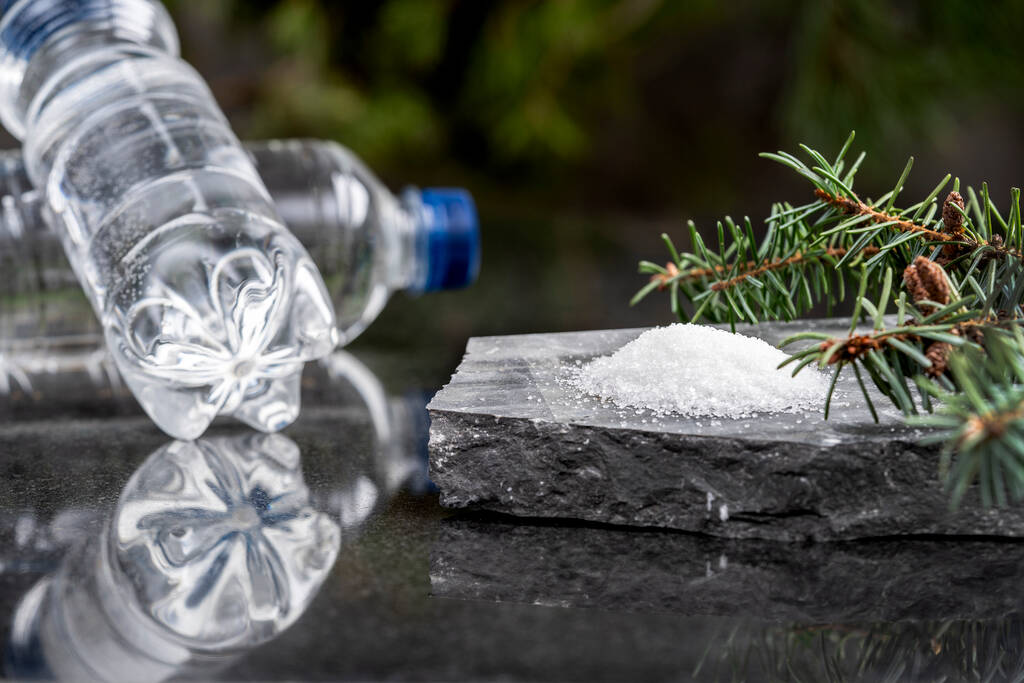It has been almost two years since the blog last visited Lanxess’ activities on its biobased EPDM (ethylene propylene-diene) monomer when the company launched its first product in 2011 under the brand Keltan Eco. The biobased EPDM uses Braskem’s sugarcane-based ethylene supplied via pipeline to Lanxess’ EPDM plant in Triunfo, Brazil. Lanxess claimed to be the first producer of biobased EPDM worldwide.
Back then, Lanxess said the Triunfo plant produces 40,000 tpy of petroleum-based EPDM rubber and the first batches of Keltan Eco produced were around several hundred tonnes. EPDM, a synthetic rubber, is commonly used in the automotive industry especially for door sealants or coolant hoses. Lanxess said approximately 7 kilograms of EPDM is used in every car. EPDM is also used in plastics modification, cable and wire, construction and oil additives.
 |
| The bio-EPDM can be used in the manufacture of solid and foamed automotive glazing seals |
Last week, Lanxess said it will be adding five new grades of Keltan Eco before the end of 2013. The five new grades are said to be drop-in variants of conventional EPDM rubber grades from Lanxess that are already in widespread use. The new grades will be commercially available in the second half of 2013. All new Keltan Eco grades contain around 50% biobased ethylene.
So does this mean production of Keltan-Eco in Brazil is beyond several hundred tonnes by now?? The blog has to ask Lanxess about this.
The company said there has been considerable interest in greener rubber solutions hence the expansion of their Keltan Eco range of products. Some customers are reportedly interested in using biobased EPDM grades such as producing foamed profiles from a biobased rubber.




